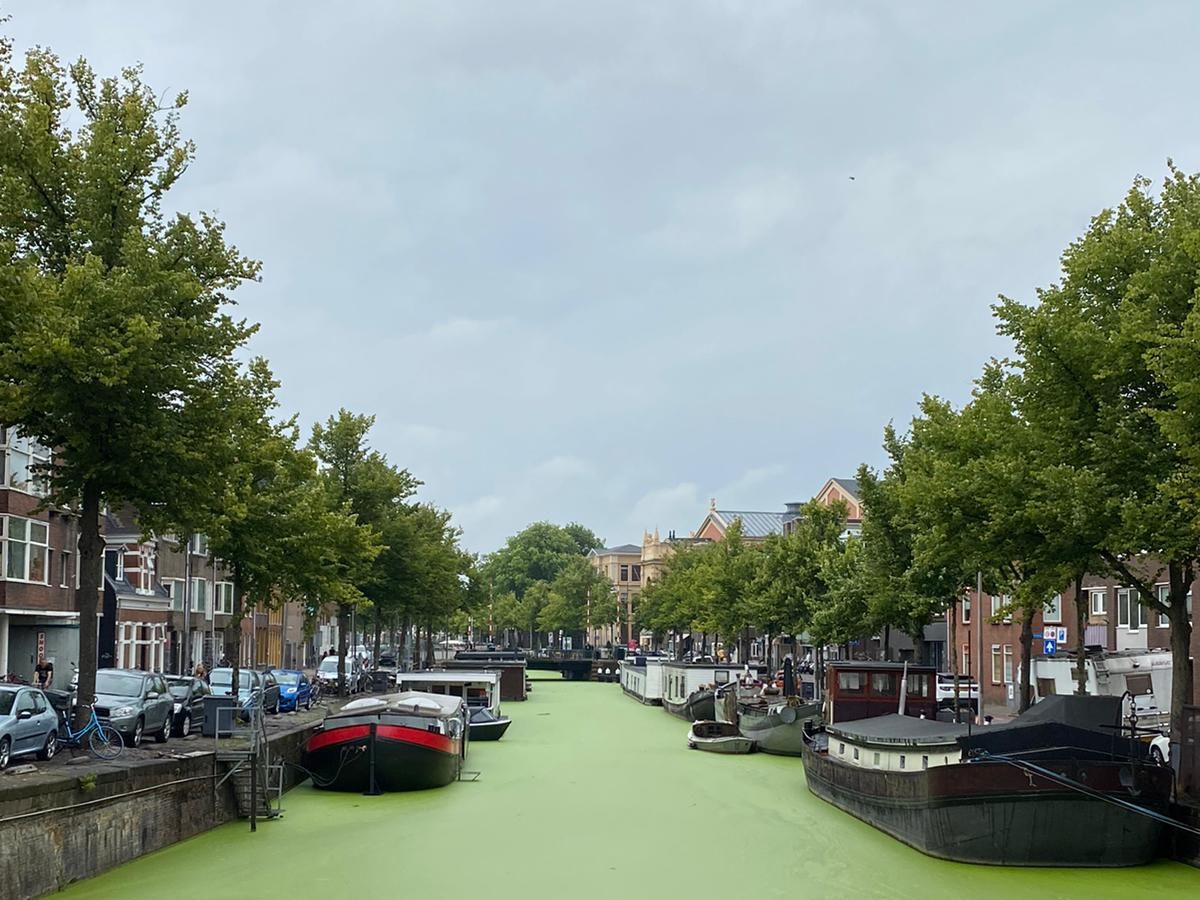5 Surprising Facts About the Groningen Canals
| Date: | 14 October 2020 |
| Author: | Danique |

The Netherlands has a few stereotypes; the weather, cheese, tulips, windmills, and the canals. If you google “the Netherlands” and look through the suggested images, the majority of the photos are of the typical Dutch canals. While all of the Google images are of the canals in Amsterdam, a lot of old Dutch cities are built around the canals, like Haarlem, Utrecht, Leiden, Amersfoort, Leeuwarden and Groningen. But how much do we actually know about these canals? This blog will share some underrated information about our overrated canals.
- They’re not that deep
Ever wonder how deep the canals actually are? The middle of the canals, where the biggest ships move through, is around 4 meters deep. The sides of the canals are only 2 meters deep, which means that your average tall Dutch guy would almost be able to stand on the sides of the canals and have the top of their head reach the water surface. Annually, hundreds of bikes end up in these canals, clogging up the fairway for boats. The municipality fishes the bikes out of the canals to make way for the boats. The biggest hotspot for drowned bikes is near the Lage der A. Ever have your bike stolen? Big chance that it’s at the bottom of a canal.
2. Hoge and Lage der A
Speaking of the Lage der A, did you know that that used to be the quay where boats used to dock during low tide? “Hoge” and “Lage” mean high and low respectively, and the A is a river flowing into Groningen from the southern neighboring province, Drenthe. When the tide was high, ships would dock on the Hoge der A, and you guessed it - when the tide was low, ships would dock on the Lage der A. Like this, trade was never interrupted due to the tides. Along these streets stand the most expensive houses of Groningen, many of which used to be warehouses, including 28 listed buildings and 11 municipal monuments. The view from the end of the Hoge der A is Groningen’s most picturesque sight.
3.Direct connection to the sea
Wait, high tide and low tide in a city? It sounds odd now, but until 1877, the Reitdiep river, which flows from the North into the city, used to have a direct connection with the sea. This meant that the city’s canals would experience ebb and flow, and that seals would swim through the canals of Groningen (yes, I’m serious!). Ebb and flow has stopped in Groningen thanks to handy engineering creating locks and damming the river inlet at the Lauwerszee turning it into the Lauwersmeer If you were to start biking from the start (or the end, whichever way you want to look at it) of the Reitdiep and bike to the North, you’ll eventually end up at the Lauwersmeer, now a popular destination for sailing enthusiasts.
4. Noorderhaven is free!
Another one of our favourite views of the city is Noorderhaven. Next to the Hoge and Lage der A, just around the bend you’ll find Noorderhaven. The Noorderhaven is always lit with the lights of the boats docked, and is by far the fullest canal of Groningen. The fact that it is so full isn’t surprising, Noorderhaven is the last free port in all of the Netherlands, meaning ships can moor there freely as long as there is space! For houseboat residents whose home lays in Noorderhaven, a necessary paint job for your boat could mean you lose your home if your boat is gone for too long.
5. So many bridges
For a city whose architecture is built around the water, bridges are an important way of getting from A to B. But just how many bridges are there exactly in Groningen? Within the whole city of Groningen, there are approximately 60 bridges. Many of these bridges can open to let ships pass through that are too big to fit under the bridge. Most of the bridges that can open are controlled by local bridge keepers. Before the corona pandemic, the bridges were operated by a central operating station. Due to the government regulations, the central operating systems had a much lower capacity, meaning the operation of the bridges had to go back to what it was like in the past; an operator sitting in the operation office next to the bridge, waiting for boats to come and open the bridge for them.
Do you have any other surprising facts about the Dutch canals? Let us know in the comments.
About the author


